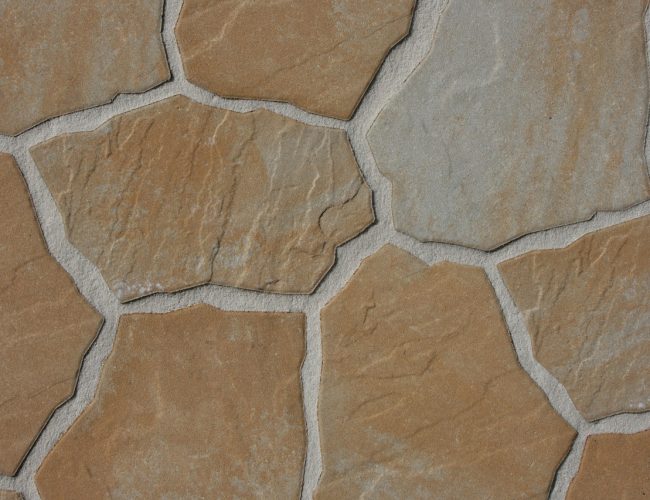Granite is a beautiful natural stone produced by interesting natural processes deep within the Earth. The rock is gorgeous, durable, and suitable as a building material.

Granite is commonly used for accenting the furnishing in your home or business. One of its most common uses is as countertops or wall facings. If granite furnishings interest you, you’ll want more information about granite countertops in Phoenix.
How Granite Forms
Granite forms as liquid magma cools and solidified deep within the earth. As the molten magma cools, different crystals begin to form. These minerals include quartz, several types of feldspars, mica, amphibole, and others. Each of these minerals has a particular color and the variation in these mineral colors give granite its rich beauty.
In addition, as granite forms at depth, various natural processes impart a variety of textures to the rock. The different coarseness of minerals, rock layerings and other natural features add to the mystique of granite countertops and facings in the home.
Pink Granite
The most common type of granite that is used for home decor is pink granite. The pink color is due to the pink potassium feldspars, often occurring as larger crystals referred to as phenocrysts, that stands out boldly against the groundmass when the rock is slabbed and polished. The pink feldspars are generally set against a groundmass of black micas and amphiboles mixed in with white to vitreous-colored quartz.
White Granite
White granite is similar mineralogically to pink granite with the exception that there is no potassium feldspar in the rock. Instead, the feldspar is more sodic and carries a porcelain-white coloration. Nonetheless, it is quite stunning when slabbed and polished. White granite is also very commonly used for home furnishings.
Rapakivi Granite
Certain types of granite cool from their magmas in such a particular manner that rare and beautiful textures may form. Some of these have exotic names. Rapikivi granite is one of these.
Sometimes when certain temperatures and pressures are present in a cooling granitic mama, potassium feldspars that form act as a nucleus for additional precipitation of sodic feldspar. This scientific talk is tricky but the end result is beautiful: large pink felspar crystals, each of which is surrounded by a halo of white felspar.
Orbicular Granite
Orbicular granite, also known as orbiculate, is another exotic textural form of granite. This form of granite has a unique look because of the presence of “orbicules”, which are layered spheroidal shapes that form when the magma is gently rotating as it cools. The orbicular texture is very rare and would make a stunning countertop if available.
Black Granite
Because of its vitreous black hue, black granite can make for a visually stunning appearance as a countertop. Interestingly enough, most of what commercially goes under the name black granite is not really granite. Instead, it is generally basalt or gabbro, also forms of igneous rocks, but technically not granite from a mineralogic perspective. No problem for the homeowner, though, because it looks great as a countertop.